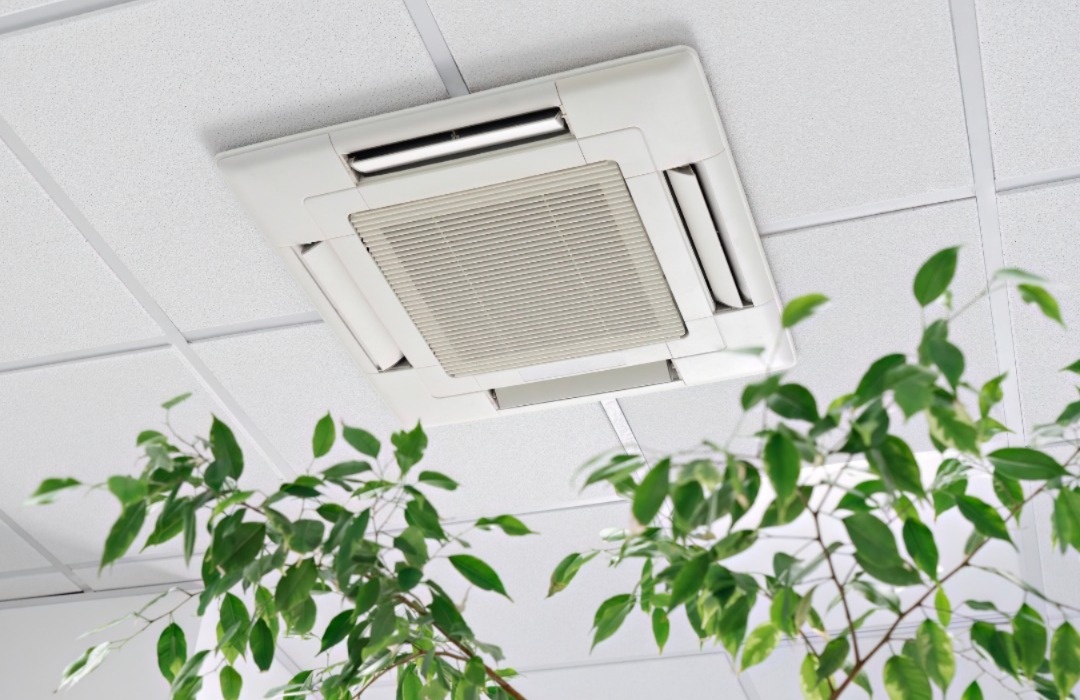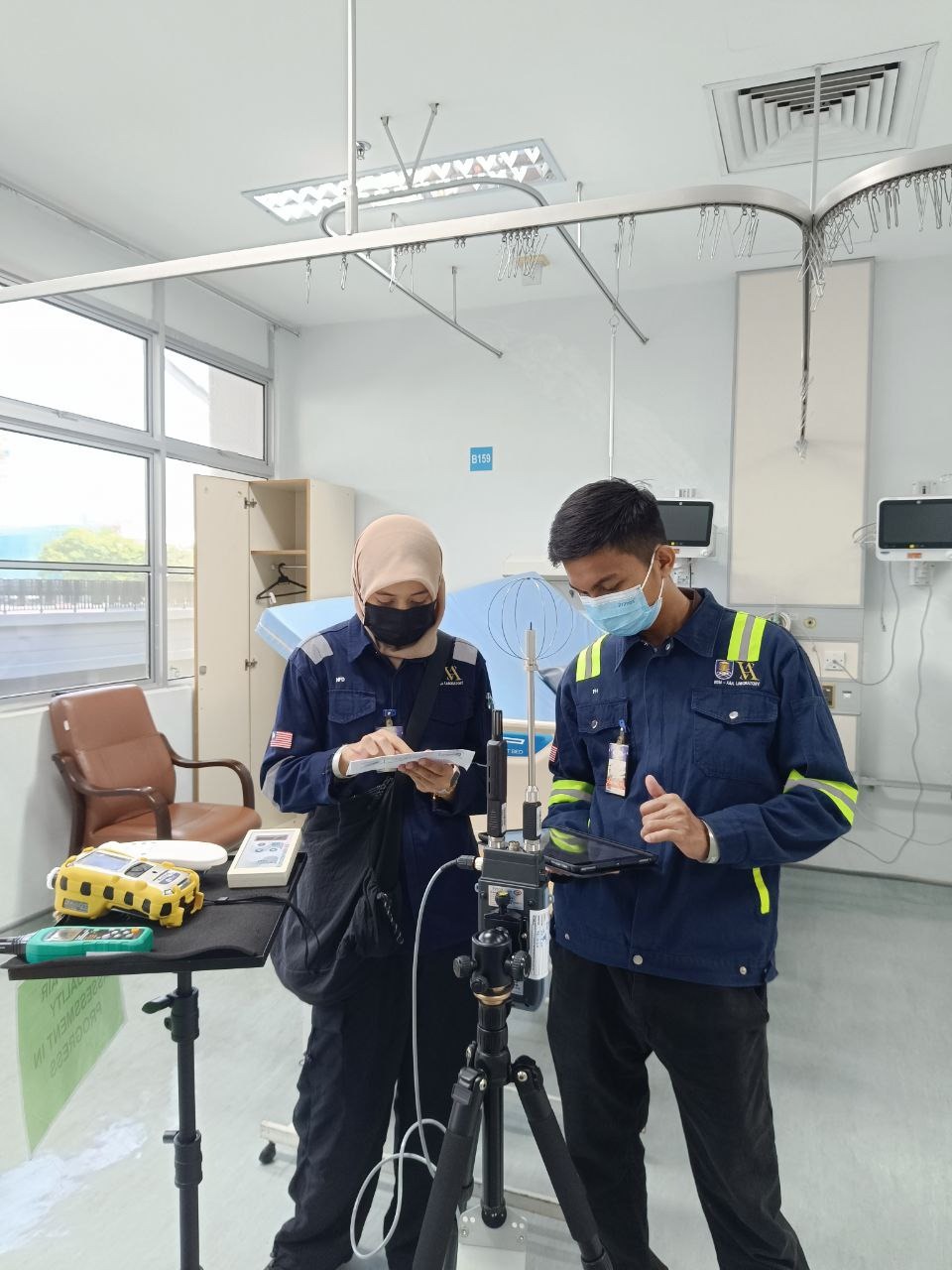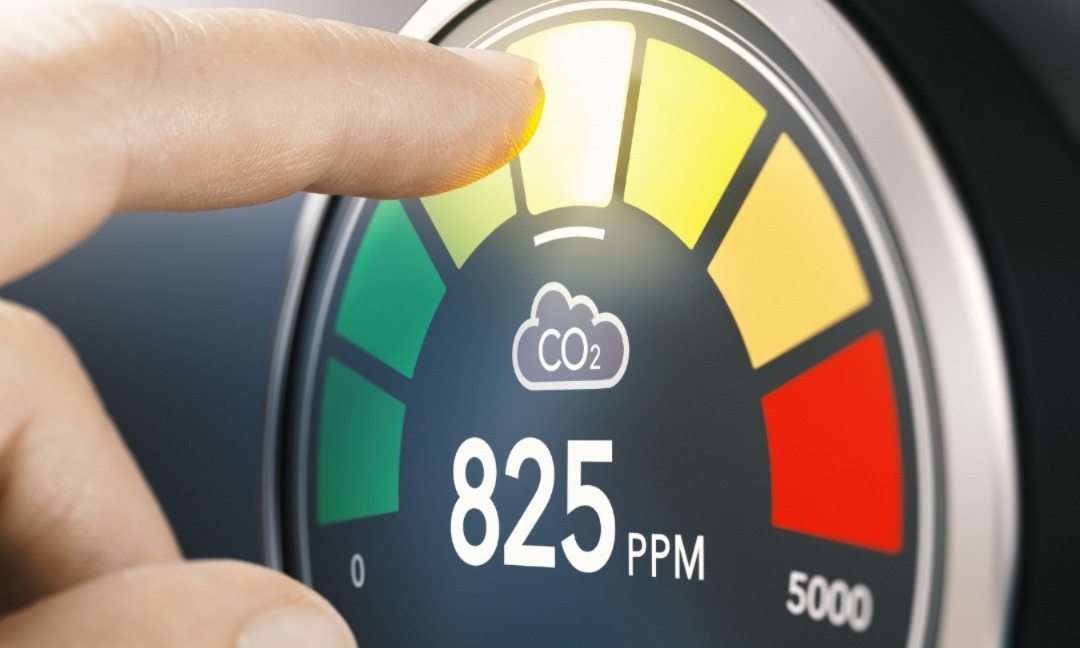Environmental issues are a growing concern in Malaysia. With rapid development and industrial activity, keeping…

Breathing clean air keeps your body strong and your mind fresh. Still, many people don’t think about the air inside their homes, offices, or schools. The truth is indoor air often carries harmful stuff we can’t see. That’s where indoor air quality assessment services help. In Malaysia, these services are in demand as more people start to care about what they breathe indoors.
Why Indoor Air Quality Matters
Outdoor pollution gets all the attention, but indoor air can become just as bad—or worse. Inside air can hold dust, chemicals, mould, and other nasty things. Breathing this air day after day can lead to coughs, tiredness, and long-term health troubles.
Malaysia’s warm and damp weather makes it easier for these pollutants to build up. Many people keep windows closed to keep out heat and noise. But this traps dirty air inside. If no one checks, bad air stays stuck. That’s why indoor air monitoring plays such a big role in keeping people safe.
What Is an Indoor Air Quality Assessment?
An indoor air quality assessment checks what’s floating in your air. It helps you understand whether the air inside your space could harm your health. Experts look for things like:
- Dust and fine particles
- Carbon dioxide
- Chemical fumes (VOCs)
- Mould spores
This kind of air quality measurement gives a clear picture of your air. It shows what’s safe and what’s not. You’ll know exactly what needs fixing.
Signs You Might Need an IAQ Assessment
Not sure if the air around you needs checking? Watch out for signs like:
- People feeling tired or dizzy indoors
- Bad smells that won’t go away
- Mould patches on walls or ceilings
- Constant sneezing or coughing
- Drop in energy at work or school
If any of these feel familiar, it’s time to book IAQ testing in Malaysia. A simple check today can help you avoid health problems tomorrow.
How Indoor Air Testing Works
Here’s what usually happens when you book an indoor air quality assessment:
Step 1: Site Visit
Experts visit your space. They scan rooms and spot areas with poor airflow, damp corners, or dust build-up.
Step 2: Testing
Then they place machines that track air levels. These machines capture gases, dust, and moisture in the air over a few hours or days.
Step 3: Analysis
Next, they study the data. They spot anything that crosses safe limits—like too much carbon dioxide or strong chemical smells.
Step 4: Report and Advice
You’ll receive a full report that lays out the facts. It lists the air problems and suggests ways to fix them. Good providers don’t just stop there they guide you with steps to improve your space.
Who Needs Indoor Air Testing in Malaysia?
Many people think air testing is only for factories. That’s not true. Almost every building in Malaysia can gain from indoor air monitoring. Let’s look at a few key spaces.
Offices
Employees spend most of their day in offices. Stale air drains their energy and makes them feel sleepy. Poor indoor air lowers focus, mood, and work performance. Regular IAQ testing helps offices boost health and keep teams sharp.
Schools and Childcare Centres
Young children breathe faster than adults. Their lungs still grow, so they’re more open to harm. Clean air helps them learn better, sleep better, and stay strong.
Medical Facilities
Hospitals and clinics must guard against the spread of illness. Clean air matters more than ever in these places. Even a small lapse in air quality could spread germs. Regular checks support safety.
Homes
Your house may look clean, but the air might still carry hidden threats. Paints, sprays, gas stoves, and furniture all release particles into the air. A short indoor air quality assessment helps you breathe easy at home, especially if someone has asthma or allergies
Common Indoor Air Pollutants in Malaysia
Let’s explore what usually turns up during indoor air monitoring:
1. Dust and Particulate Matter
These tiny bits float through the air, often coming from carpets, windows, or outside. When you breathe them in, they can irritate your lungs.
2. Volatile Organic Compounds (VOCs)
VOCs come from paints, cleaners, glues, and sprays. These chemicals linger in closed rooms and can cause headaches or nausea.
3. Carbon Dioxide
We breathe it out, and too much of it means stale air. High carbon dioxide levels make people feel slow, foggy, and tired.
4. Mould and Damp
Mould loves dark, wet places. Malaysia’s humid air gives mould the perfect spot to grow. It can cause coughing, wheezing, and even skin issues.
How Indoor Air Testing Works
Here’s what usually happens when you book an indoor air quality assessment:
Step 1: Site Visit
Experts visit your space. They scan rooms and spot areas with poor airflow, damp corners, or dust build-up.
Step 2: Testing
Then they place machines that track air levels. These machines capture gases, dust, and moisture in the air over a few hours or days.
Step 3: Analysis
Next, they study the data. They spot anything that crosses safe limits—like too much carbon dioxide or strong chemical smells.
Step 4: Report and Advice
You’ll receive a full report that lays out the facts. It lists the air problems and suggests ways to fix them. Good providers don’t just stop there they guide you with steps to improve your space.
Who Needs Indoor Air Testing in Malaysia?
Many people think air testing is only for factories. That’s not true. Almost every building in Malaysia can gain from indoor air monitoring. Let’s look at a few key spaces.
Offices
Employees spend most of their day in offices. Stale air drains their energy and makes them feel sleepy. Poor indoor air lowers focus, mood, and work performance. Regular IAQ testing helps offices boost health and keep teams sharp.
Schools and Childcare Centres
Young children breathe faster than adults. Their lungs still grow, so they’re more open to harm. Clean air helps them learn better, sleep better, and stay strong.
Medical Facilities
Hospitals and clinics must guard against the spread of illness. Clean air matters more than ever in these places. Even a small lapse in air quality could spread germs. Regular checks support safety.
Homes
Your house may look clean, but the air might still carry hidden threats. Paints, sprays, gas stoves, and furniture all release particles into the air. A short indoor air quality assessment helps you breathe easy at home, especially if someone has asthma or allergies.
Common Indoor Air Pollutants in Malaysia
Let’s explore what usually turns up during indoor air monitoring:
1. Dust and Particulate Matter
These tiny bits float through the air, often coming from carpets, windows, or outside. When you breathe them in, they can irritate your lungs.
2. Volatile Organic Compounds (VOCs)
VOCs come from paints, cleaners, glues, and sprays. These chemicals linger in closed rooms and can cause headaches or nausea.
3. Carbon Dioxide
We breathe it out, and too much of it means stale air. High carbon dioxide levels make people feel slow, foggy, and tired.
4. Mould and Damp
Mould loves dark, wet places. Malaysia’s humid air gives mould the perfect spot to grow. It can cause coughing, wheezing, and even skin issues.
How to Improve Indoor Air Quality
Once your IAQ testing in Malaysia is complete, it’s time to take action. Here are smart, simple ways to lift air quality:
- Open windows during cooler times of the day
- Install or clean air filters
- Use dehumidifiers to reduce dampness
- Keep indoor plants to help freshen the air
- Store chemicals and cleaners safely
- Clean rugs, curtains, and soft furniture often
- Fix leaks or dripping taps quickly
These small steps shape a cleaner and healthier space. Over time, your body will thank you for the better air.
Choosing the Right Air Testing Service
Not all services are the same. When picking someone for an indoor air quality assessment, look for:
- A team with solid experience
- Tools that provide accurate readings
- Clear reports in plain language
- Personal advice based on your space
- Friendly support and follow-up
A good provider does more than just test the air. They help you create a plan and stand by you as you make changes. They care about your health and your space.
Benefits of Indoor Air Quality Assessment
Clean air helps in more ways than you might think. Here are some strong reasons to invest in air testing:
- Reduce illness and sick days
- Improve mood and mental clarity
- Increase energy and focus
- Protect children and older adults
- Avoid long-term health risks
- Boost comfort indoors
- Enhance sleep quality
Once you know what’s in your air, you can fix it. That means better days at work, safer homes, and happier lives.
Final Thoughts
The air inside your space could hold more than just oxygen. It might hide things that could harm your health without you knowing. A proper indoor air quality assessment clears the air—literally and figuratively.
Whether you live in a house, manage a school, or run a business, don’t wait. Breathe cleaner, live better. Book your IAQ testing in Malaysia and take the first step towards safer indoor air.
If you’re looking for reliable testing and analysis, A&A Laboratory offers accredited support for a wide range of environmental assessments. With a strong focus on quality and compliance, they help ensure your projects meet Malaysia’s environmental standards.





